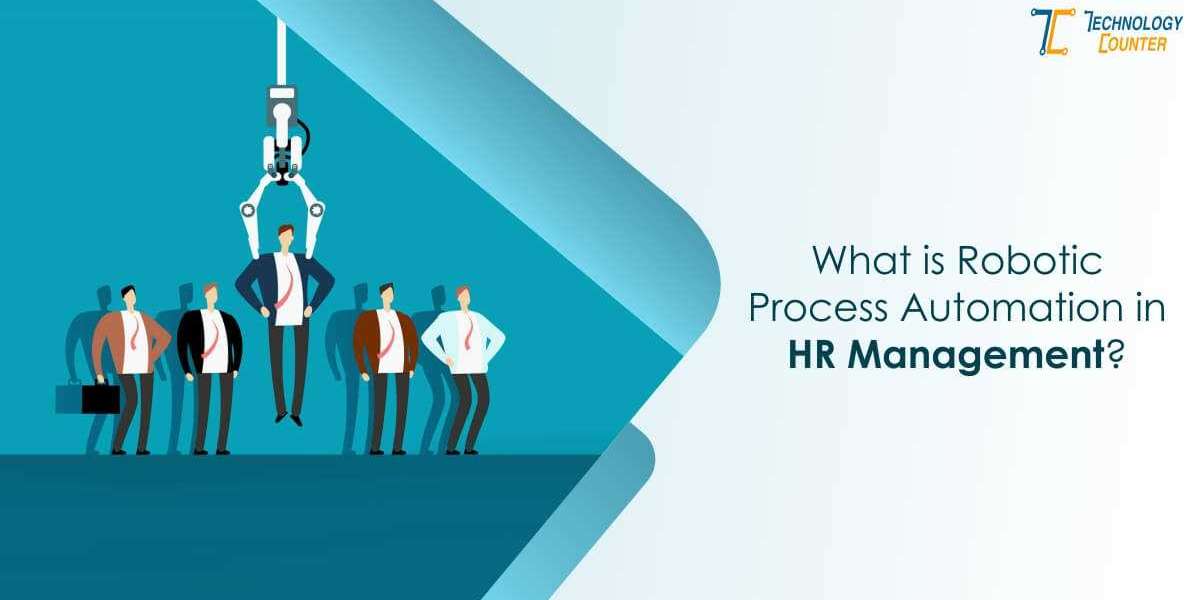What Is Robotic Process Automation?
Robotic Process Automation (RPA) uses software robots on a physical or virtual machine. It has a defined set of instructions for the robots or bots to follow.
RPA bots are capable of stimulating most human-computer interactions. These bots carry out thousands of tasks without a single error and at high volume and speed. Following are the three bot categories:
Pro bots: Follows simple and repetitive commands to process data.
Know bots: They collect and save information from the web.
Chatbots: They are like virtual agents to answer client questions in real-time.
RPA is like a humanless virtual workforce. They are capable of the following tasks:
- Files and folders transfer.
- Log on to any application.
- Connect to systems application programming interface (API)
- Copy-paste data.
- Pull-out and process structured and semistructured content from documents, PDF, emails, and forms.
- Read and write to databases.
- Scrape data from the web.
- Open emails, messages, and attachments.
- Automated calculations.
Robotic Process Automation in HR Software
The 4th industrial revolution is reforming the industrial landscape. As technological innovations transform the world, the HR department should also embrace automation and other technological advancements. They are more efficient and cost-effective. RPA has endless possibilities in the HR processes. It can take care of onboarding and offboarding tasks, updating employee information, and other HR tasks.
The integration of RPA in HR related Software enables better service to the employees and managers. It ensures the HR processes comply with required regulations and standards.
RPA facilitates quick initiation and completion of the HR processes. Digitization of data and auditing the process data makes it more efficient.
Identify suitable HR processes for RPA.
It is very crucial to identify the HR processes that are suitable for RPA. The following four steps will help you to determine a suitable HR process for RPA:
Validate: The first step to identify the process suitable for RPA is to validate the HR processes that are mature and standardized.
Assess: The second step involves assessing the quality and quantity of work done by RPA compared to humans. Organizations can analyze RPA potential based on:
- The amount of human interaction in the HR process.
- Do you need software to execute the process?
- If the activity clearly defines the business rule.
Potential of RPA in HR processes:
Best HR software will have integration of robotic process automation. Following four HR processes have a high relevance of RPA in them:
Talent acquisition:
Robots gather all the resumes and compare them with the job requirement. Predefined rules guide the overall selection process. It also stores potential CVs in the database. RPA technology has made all the process paperless.
RPA mails offer letters to all the selected candidates. It makes it paperless and informs the candidate with all the necessary information. Bots also email the rest of the documents that need to be filled by the candidates.
Performance management and talent development:
- Review performance and mail it to the employees and managers:
RPA helps the HR department to evaluate performance management. It helps to set up your goals. Performance reviews are automatically sent to the employees and their respective managers. - Data scrutiny:
When the robots handle the data it is essential to check the credibility. RPAs have a set of instructions that they follow to check the credibility of the data. All the performance reports go through scrutiny checks to avoid errors. - Schedule performance interviews:
The HR department needs to update the employee with their performance. RPAs schedule performance interviews with all the employees. It also helps to identify and share qualitative feedback on areas of improvement and strengths. - Circulate predefined performance reports with the managers:
RPA helps to define the goals to achieve. When the goals are predefined your team will be aware of what is to be achieved. The HR department can share these goals with managers across all verticals to achieve their respective goals.
Benefits and compensation:
High RPA potential in benefits and compensation processes include:
1. Automated update of payroll:
Manual handling of the payroll can increase the risk of errors. Online Payroll Software integrated with RPAs helps you to calculate accurate payroll according to the employee inputs.
2. Data feeding of payroll and other monetary rewards:
Finance is a very crucial part of any organization. It has direct and indirect legal obligations on the organization. All the financial transactions get stored on online payroll software to avoid discrepancies and loss of data.
3. Net and gross salary calculations:
The company budget is crucial to draft the net and gross salary of the employee. If it goes beyond the company budget the whole finance will go for a toss. RPA helps in the calculation of net and gross salary that aligns with the company budget.
4. Payslip distribution:
The salary shouldn’t be disclosed to a third party. Payslips have sensitive and personal employee information. Online payroll software updates and shares payslips with a particular employee for quick and easy access.
5. Deposition of Dues:
Deposit of additional dues like provident fund, retirement benefits, insurance, the tax deductions can be hectic. RPAs will help you to deposit all the necessary fund’s hassle-free.
6. Validation of time and attendance data:
The online Attendance Management System helps to calculate the exact hours spent by the employee in a given month. RPAs validate the data and calculate the payroll accordingly. It also informs the respective managers of the inconsistencies of a particular employee.
7. Inform employees on benefits through notifications:
Organizations provide benefits to an employee over and above their salary. Benefits are provided in various forms. RPAs notify the employees of the benefits they can avail of and utilize.
8. Utilized benefits analysis reports:
Used benefits reports are just a few clicks away. With the help of RPA technology, no one can utilize the same benefits twice.
9. Email notifications of recognition and reward nomination forms:
Rewards and recognition play a vital role to achieve more productivity and retain employees. All the employees get an automatic update of all the rewards and recognitions.
Employee relations:
Processes with high RPA potential in employee relations are:
1. Track employee grievance requests:
Employee grievance is vital to maintain a happy workforce. An employee management system integrated with RPA will help you to track employee grievance and to provide an appropriate solution to it.
2. Notification of process status and completion:
Once an employee raises a claim request it needs to be approved by various departments. All claims and compensation requests raised will be available to track on a single platform.
3. Take periodic employee surveys:
The workforce is like an engine for an organization. Employee surveys help to improve your work environment. RPAs take periodic surveys and implement a solution on an immediate basis.
4. Make reports for management action:
RPA will help to collect all the data and share it across the management team so that they can come up with a strategic plan to resolve any issue.



